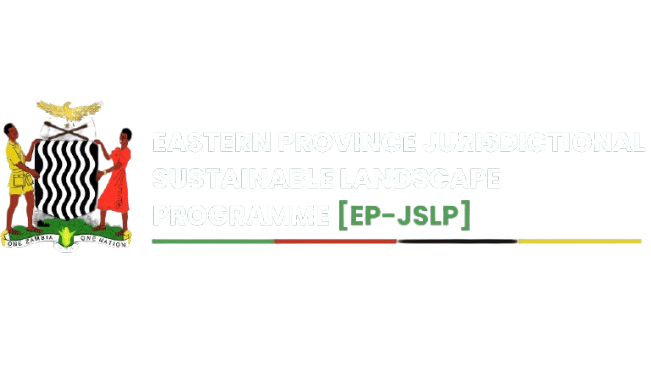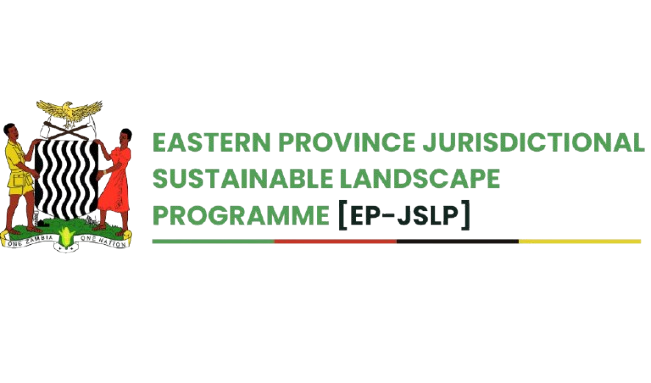Some local forests in Eastern Province have gained international attention and support as part of a broader effort to restore degraded forest landscapes.
The Mpomwa Forest, a vital ecological reserve spanning 6,698 hectares and covering three districts, has received a significant boost from the World Bank through the Zambia Integrated Forest Landscape Programme (ZIFLP) to aid in its restoration efforts.
Speaking during an interview in Mambwe, District Commissioner George Banda explained that the World Bank initiative has helped rejuvenate degraded areas of the forest, promote biodiversity, and improve the livelihoods of surrounding communities.
Mr. Banda further noted that the financial and technical support has enabled the implementation of key reforestation programs, promoted alternative livelihoods for forest-dependent communities, and enhanced climate resilience through sustainable land-use practices.
He also commended the World Bank for its commitment to environmental sustainability and community empowerment.
“The restoration of Mpomwa Forest is not just about planting trees—it’s about building resilient ecosystems.”
Mr. Banda
The forest has been under the stewardship of a local Community Forest Management Group (CFMG), which has successfully promoted sustainable land-use practices.
Mpomwa CFMG Chairperson Samson Mbewe explained that ZIFLP worked closely with local communities to implement forest-friendly practices, aiming to revive the forest, which was once stripped bare due to charcoal production and unsustainable farming.
Mr. Mbewe noted that the community is now reaping the benefits of ongoing restoration efforts. Among the notable initiatives is beekeeping, which not only supports forest conservation but also provides income for local families.
Similarly, the 324-hectare Lundazi Dam local forest, which is currently undergoing active regeneration, has also received World Bank support. This has contributed to an increase in forest cover in the area.
Lundazi District Forestry Officer Namakando Musiwa said the regeneration process has followed a participatory approach, involving local residents in decision-making and forest management.
“This has empowered communities to take ownership of conservation efforts while ensuring that forest resources are used sustainably,” he said.
He further explained that the forest around the dam plays a vital role in regulating water flow into Lundazi Dam, particularly during the rainy season.
The increased forest cover is expected to generate more carbon credits, which will in turn provide economic benefits to the local community under the Eastern Province Jurisdictional Sustainable Landscape Programme (EP- JSLP).

